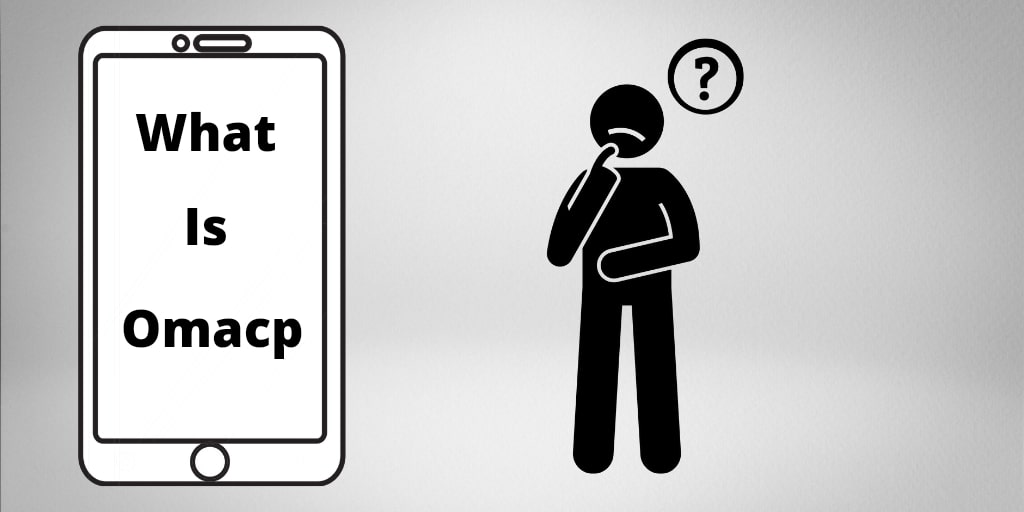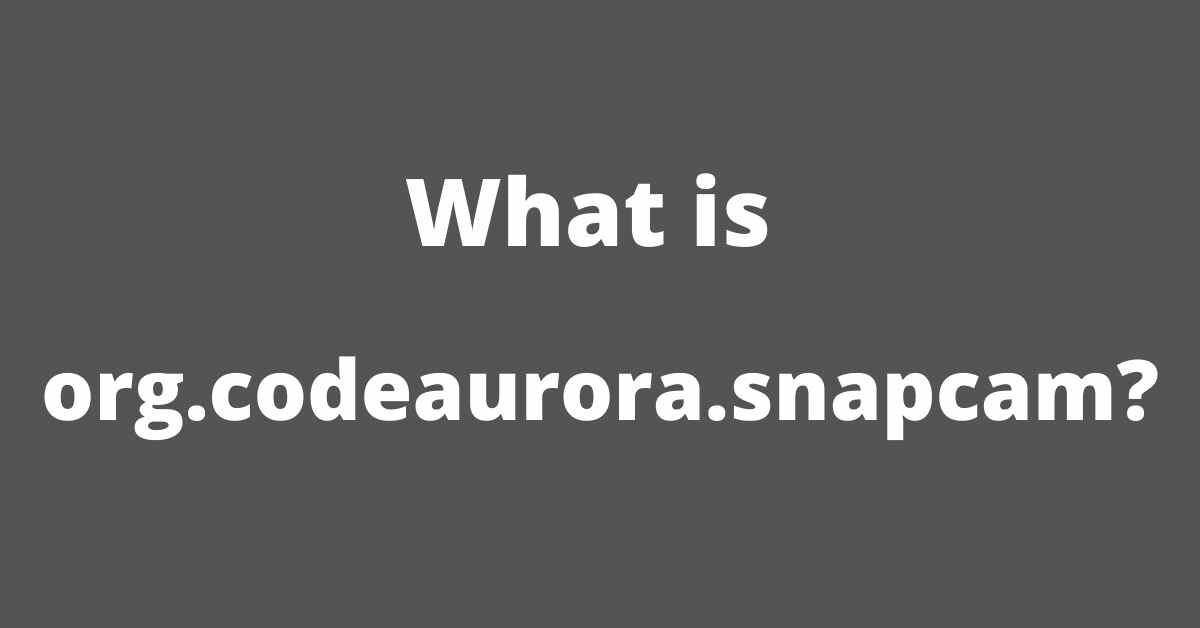Tech
5 Advances Being Made in Quantum Computing Technology in 2024

Quantum computing continues to push the boundaries of technological advancement, with 2024 marking significant strides in several key areas. As researchers and engineers delve deeper into the quantum realm, they are overcoming longstanding challenges and unlocking new potential. This year, the spotlight shines on five pivotal developments that are shaping the future of quantum computing: error mitigation and correction, mid-circuit measurements, dynamic circuits, circuit knitting, and blind quantum computing. Each of these advancements not only enhances the performance and reliability of quantum systems but also expands their practical applications. As we explore these innovations, we edge closer to harnessing the full promise of quantum technologies across various industries.
1. Advancing Error Mitigation and Correction Techniques
Advancing error mitigation and correction techniques in quantum computing is crucial for enhancing system reliability and performance. As quantum systems scale, the complexity of managing errors increases, making sophisticated error correction strategies essential. Developments in quantum hardware are central to this progress, enabling more effective identification and correction of quantum bit errors. This year, researchers are focusing on integrating new algorithms that can dynamically adapt to different error patterns, significantly improving the fault tolerance of quantum processors. These techniques are vital for achieving the precision required for quantum calculations, pushing the boundaries of what quantum computers can accomplish in various scientific and commercial applications.
2. Exploring the Potential of Mid-Circuit Measurements
The exploration of mid-circuit measurements is transforming the capabilities of quantum computing. This technique allows for the observation of quantum states without disrupting the entire quantum system, facilitating more complex and precise computations. It provides a method for real-time error correction and feedback, which is vital for the long-term stability of quantum calculations. Additionally, mid-circuit measurements enable conditional quantum operations, where actions on qubits depend on the outcomes of previous measurements. This adaptability opens up new possibilities for quantum algorithms, enhancing their efficiency and applicability in solving real-world problems.
3. The Evolution of Dynamic Circuits in Quantum Computing
The evolution of dynamic circuits marks a significant advancement in quantum computing. These circuits adjust their operations based on real-time computational feedback, enabling more flexible and efficient quantum algorithms. Dynamic circuits allow for the modification of quantum gates and operations during the execution of a quantum program, which optimizes resource usage and enhances computational outcomes. This adaptability is crucial for applications requiring complex decision-making processes, such as optimization tasks and machine learning models. The ongoing development of dynamic circuits is expected to vastly improve the scalability and practicality of quantum computers, facilitating their deployment in a broader range of industrial and research settings.
4. Enhancing Computational Power through Circuit Knitting
Enhancing computational power through circuit knitting is a key focus in quantum computing in 2024. This technique involves combining smaller, manageable quantum circuits into larger, more complex ones, effectively expanding their functional capabilities. Circuit knitting allows quantum computers to tackle problems that exceed the native capacity of their hardware, by breaking down large tasks into smaller, executable parts. This approach not only maximizes the use of available quantum resources but also minimizes the impact of errors by isolating them within individual sub-circuits. The continual refinement of circuit knitting techniques is crucial for efficiently scaling up quantum operations, thereby enabling more sophisticated applications across various scientific and technological fields.
5. The Emerging Field of Blind Quantum Computing
The emerging field of blind quantum computing is revolutionizing the way sensitive data is processed, maintaining privacy and security in quantum systems. This technique allows users to perform quantum computations on a remote server without revealing the data or the nature of the computation to the server. Blind quantum computing ensures that the computation’s inputs, outputs, and even its purpose remain unknown to the quantum computer executing the task. This is particularly crucial for sectors like finance and healthcare, where privacy concerns are paramount. As this field progresses, it is expected to enable more secure cloud-based quantum computing services, encouraging wider adoption by offering robust data protection in quantum environments.
Reflecting on the Quantum Leap Forward
As we observe the quantum computing landscape in 2024, the advancements in error mitigation, mid-circuit measurements, dynamic circuits, circuit knitting, and blind quantum computing are not just technical achievements; they represent leaps toward practical quantum applications. These innovations are pivotal in transitioning quantum computing from laboratory experiments to real-world solutions across industries. The collaborative efforts of scientists, engineers, and technologists worldwide are crucial as they continue to refine these technologies and integrate them into our daily lives. With each development, we move a step closer to realizing the transformative potential of quantum computing, poised to solve some of our most complex challenges.
-
Blog1 year ago
MyCSULB: Login to CSULB Student and Employee Portal – MyCSULB 2023
-
Android App3 years ago
Cqatest App What is It
-
Android1 year ago
What Is content://com.android.browser.home/ All About in 2023? Set Up content com android browser home
-
Software2 years ago
A Guide For Better Cybersecurity & Data Protection For Your Devices
-
Latest News2 years ago
Soap2day Similar Sites And Alternatives To Watch Free Movies
-
Android2 years ago
What is OMACP And How To Remove It? Easy Guide OMACP 2022
-
Android3 years ago
What is org.codeaurora.snapcam?
-
Business2 years ago
Know Your Business (KYB) Process – Critical Component For Partnerships





















